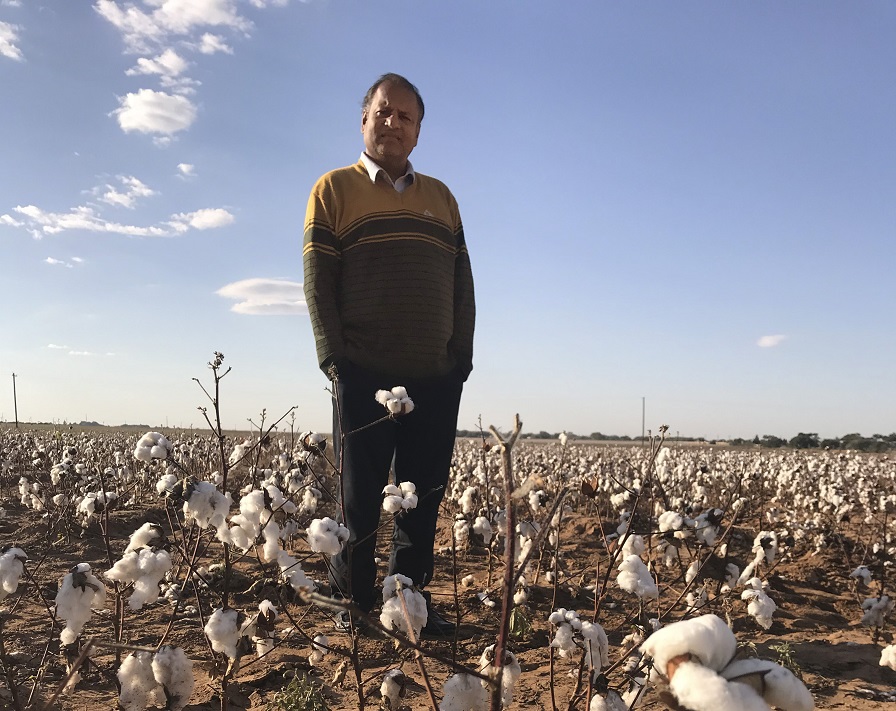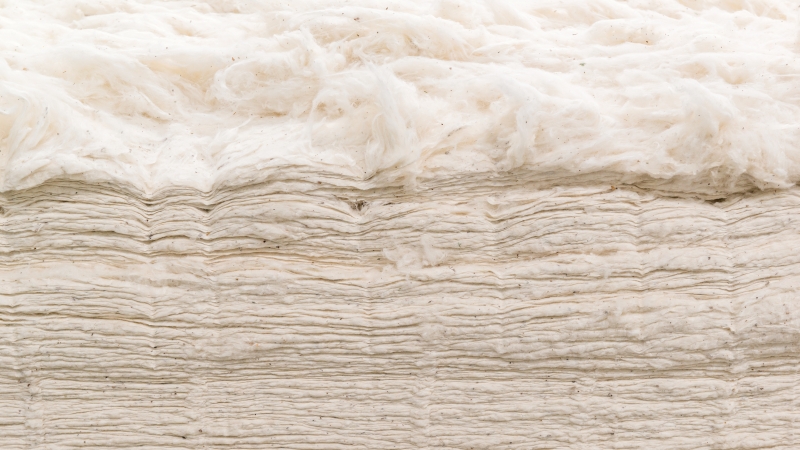Opinion: China, Hot Summer Days and Cotton Demand
Finding new markets and applications is vital for the global cotton industry.
As harvest begins in the High Plains of Texas, stakeholders of the area’s cotton industry gathered at Plains Cotton Growers, Inc. (PCG) to discuss the status of the crop. The yield may not be the expected bumper crop due to the hot July and August days, which are especially impacting dryland yields where half a bale per acre seems to be the average yield. The summer weather pattern showed that there were 43 days above 95 degrees, which influenced the blooming, according to discussions among cotton producers.
 Dr. Seshadri Ramkumar
Dr. Seshadri Ramkumar
Cotton supply is above demand, which emphasizes the need to create new opportunities. “It’s demand that matters,” stated Steve Verett, PCG Executive Vice President. “We are not seeing demand increase worldwide.” That’s a viewpoint shared with me several years ago by Suresh Kotak, cotton industry leader from Mumbai, India, which highlights the pressure on this sector for value addition.
The ongoing trade war between the United States and China has certainly put a dent in the market, but China may not alone provide some respite, given the supply situation. According to Darren Hudson, professor of agricultural economics at Texas Tech University, the price of beans need to be watched. As bean prices increase, a shift to beans will likely pull some acres from cotton, which could bring the supply down. Again, this depends on a resolution to the ongoing trade situation with China – a major importer of soybeans.
The need to develop new cotton products is felt by spinners as well. In India particularly, there is excess spinning capacity that developed over recent years. Increasing quality and productivity without increasing spindles should offer a quick solution, according to Shanmugam Velmurugan, general manager of Jayalakshmi Textiles in Aruppukkottai, India. The quality of cotton will also be a key contributor towards high quality yarns with less contamination. Exporting countries like the United States are paying much attention towards plastic contamination – a worthy effort that is being well received by importers.
With about 24,000 bales classed so far in the Lubbock classing office, quality seems to be good. It will be interesting to watch how the staple grades will evolve, again due to the very hot summer days.










